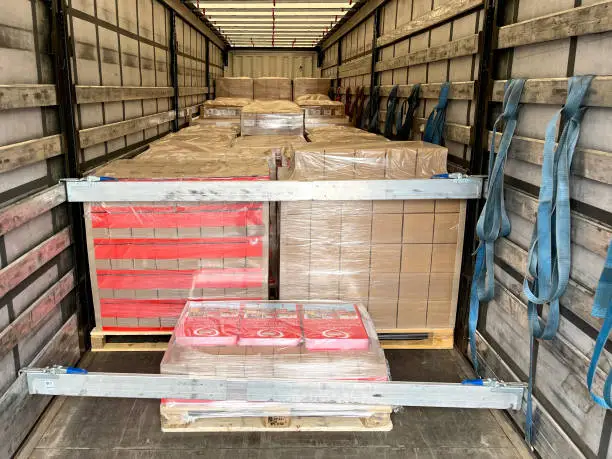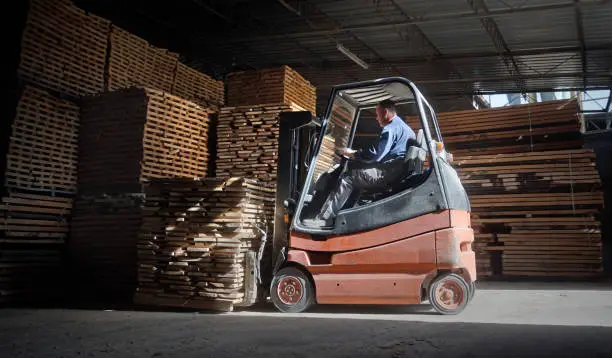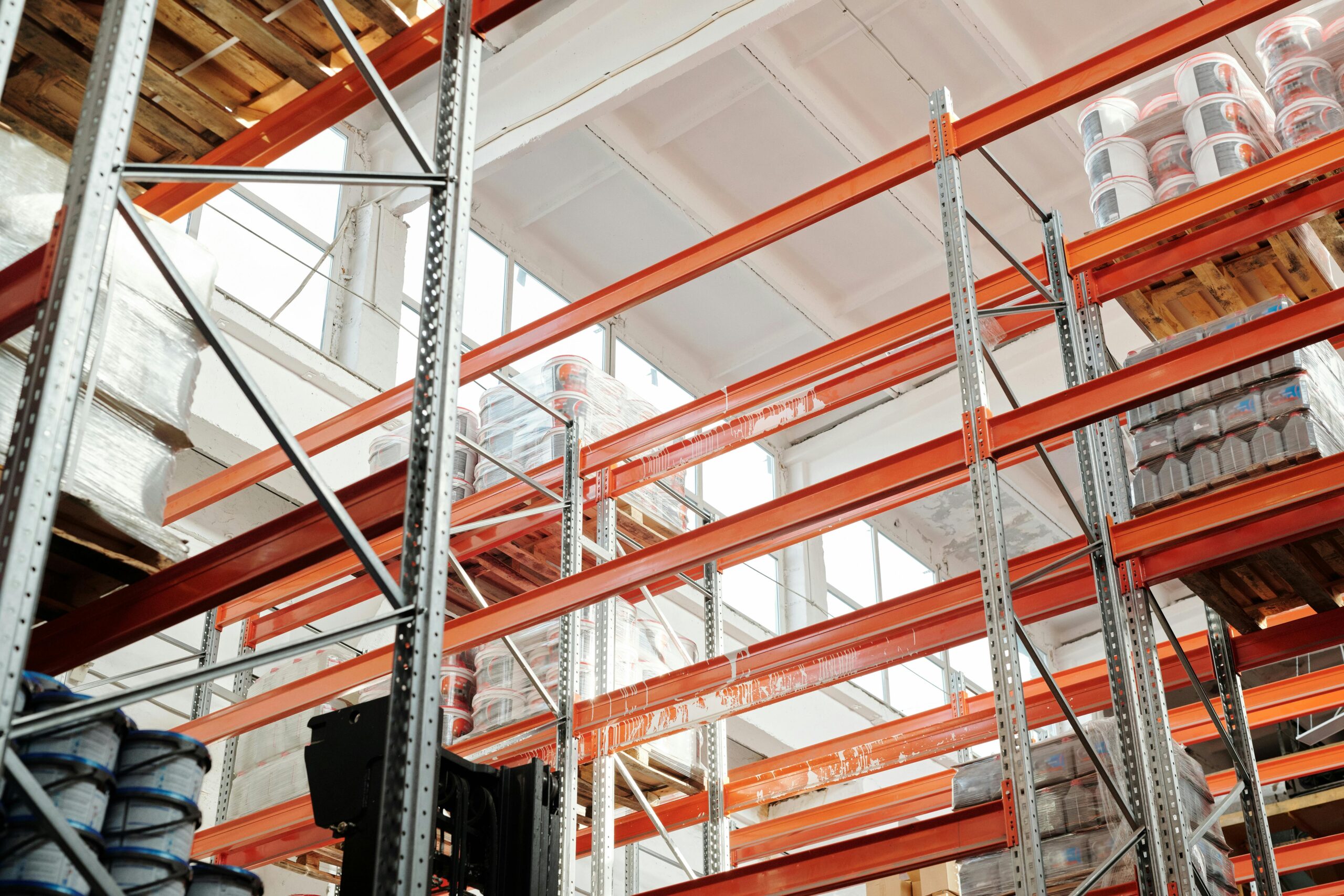A pallet is a portable, rigid platform used in logistics for storing, stacking, and transporting goods. They enhance warehouse efficiency by facilitating easy movement with equipment like forklifts and pallet jacks. Pallets can be reusable or disposable, made of wood, plastics, or metals, and assembled in various ways, including reversible and stackable configurations. Each pallet has features that will best suit your proposed application. Before you buy any high-quality pallets, or hire pallets including CHEP pallets and Loscam pallets, in Australia, you should look at the below overview of ISO standard pallet sizes:
1. 1200mm × 1000mm in North America.
2. 1000mm × 1100mm in Asia.
3. 1165mm × 1165mm in Australia.
4. 800mm × 1200mm in Europe
What are the types of pallets?
Pallets are broadly classified according to the material that was used to make them. While every material has certain advantages, it also has drawbacks. Pallets are available in a variety of shapes and sizes. They could be strengthened with horizontal boards known as stringers or have a top and bottom deck. Below is a description of a few of the most widely used pallet types:
1. Injection-moulded pallets
Pallets that have been injection-moulded are flat and come in various colours and sizes. They are typically lighter than wooden pallets and are often nestable. HDPE injection-moulded pallets are long-lasting, recyclable, corrosion-free, and washable, so they are widely used in the food and pharmaceutical industry, where hygiene is of paramount importance.
2. Stringer Pallets
Compared to block pallets, stringer pallets provide more support. Additional reinforcement is provided by two boards that run between the top and bottom decks on the two opposite ends of the pallet, and the other runs through the centre. However, this means that only two open sides can be used to lift stringer pallets. Pallets with a notch cut in the stringer that enables forklifts to pick them up are called four-way stringer pallets. In Australia CHEP pallets and Loscam pallets are most often stringer pallets
3. Double-wing pallets
Double-wing pallets help transport many items simultaneously because the top and bottom decks extend past the stringers to provide extra surface area. These non-standard-sized pallets create transportation issues, so it’s worth consulting your provider before ordering this type of pallet.
4. Roto Moulded Pallets
Rotational moulding is the process used to create roto-moulded pallets. They are affordable, come in various standard sizes, and can increase their load-bearing capacity by adding steel frames. Roto-moulded pallets are employed in sectors where maintaining cleanliness is crucial.
5. Block/Deck Board Pallets
Pallets made of blocks can be lifted in four different directions. Nine and sometimes twelve columns support the upper deck. The lower deck might exist, or it might not. Block pallets can be made of wood, plastic, or metal offering excellent handling efficiency.
6. Double-Face Pallets
Pallets typically only have a top deck. Double-face pallets can be used on either side and have a top and bottom deck. They are robust and suitable for demanding jobs.
7. Solid Deck Pallets
A solid deck pallet consists of a single, continuous sheet that is usually made of plastic, metal, or wood with no gaps between them. This type of pallet helps move smaller items and is simple to clean and transport.
How Do You Choose the Best Pallet for Your Company?
Pallets are essential pieces of equipment for storage and transportation. Your business requirements will determine the kind, size, and loading capacity of the pallet that best meets your needs. Plastic pallets, such as those from CHEP Australia and Loscam Pallets Australia, are highly recyclable and have a longer lifespan than wooden pallets, which are the most widely used type. The most important factors to think about are:
1. Dimensions of packaging:
Pallet size selection is aided by the dimensions of the packaging, which include height and width as well as the quantity of goods to be shipped.
2. Shipping destination:
The pallet you select must abide by ISPM 15 regulations if you intend to send your package overseas. In this situation, plastic pallets such as Chep and Loscam Pallets have become a viable choice in Australia but be sure to check the pallet relocation costs.
3. Budget:
As reducing transportation and delivery expenses is a common challenge in the packaging industry, pallet budgets become crucial factors to consider. The ongoing hire cost is most often more affordable and cost effective than an initial capital than an initial expenditure outlay might lower ongoing expenses.
4. Product type:
The items you’ll be shipping or transporting should be your top priority. You can choose the type of pallet to use (wooden, plastic, or metal) based on the weight and nature of the goods. Loscam Plastic Pallets, for instance, are perfect for food and drink products and there are options such as crates and beverage trays offered by CHEP and Loscam Pallets too.
5. Use frequency:
You might want to think about using a used or reconditioned pallet if you need one for a single shipment. Selecting materials with high readability becomes crucial if you plan to use the pallet frequently.
6. Conditions of transportation:
Temperature, storage, and transit all play a major role in selecting the pallet material. Pallets made of wood or paper, for instance, may be damp.
Summing Up
In the end, it is suggested that when choosing the best pallet for your business, consider factors like product type, frequency of use, budget, shipping destination, packaging dimensions, and transportation conditions. Each type of pallet, including wood, plastic, or metal, has unique benefits and uses, making it crucial to carefully weigh these factors before buying them or hiring them from any firm such as CHEP Australia or Loscam Australia.


